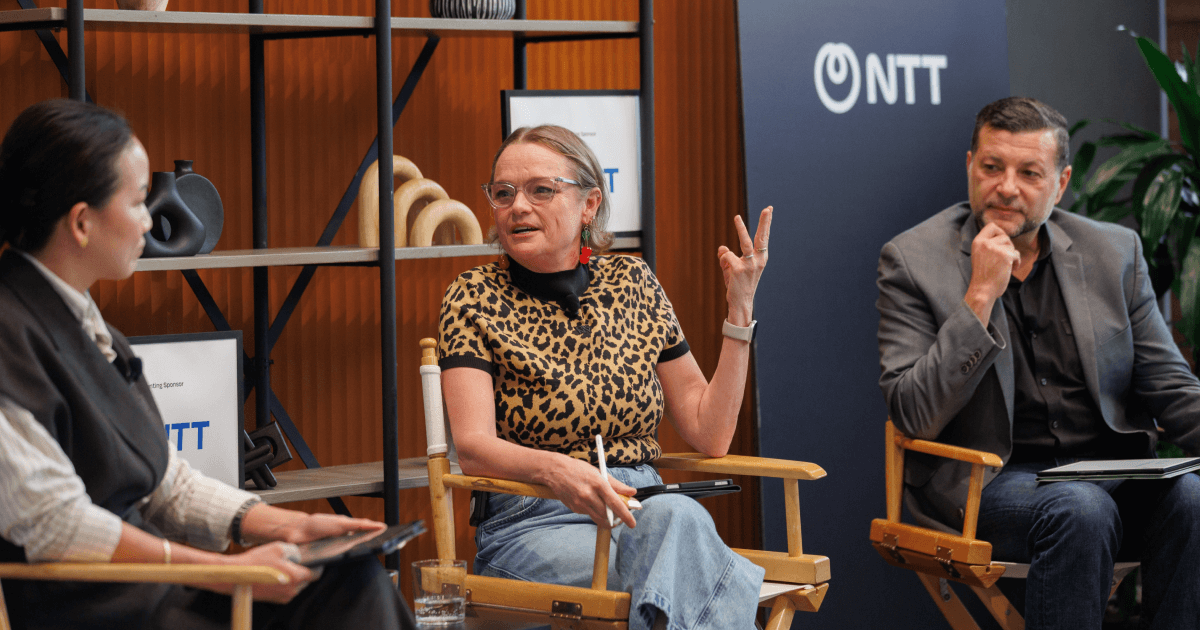Project to Product with Dr. Mik Kersten


Moving from project-based to product-based thinking is more than a change in terminology—it's a transformative shift that requires visibility, continuous improvement, and a data-driven approach. On this episode of Catalyst, Clinton chats with Dr. Mik Kersten, the CTO at Planview and author of Project to Product, and Keith Buehlman, Senior Director of Business Value Acceleration at Launch by NTT DATA, about how teams can successfully shift their mindset.
Projects vs. products
In an ideal world, leaders could request a new IT product, fund the project for 12 or 18 months, and end the project when version 1.0 is shipped. However, we all know that's not how these products are built. Imagine what the world would look like if Apple had stopped after iPhone OS 1.
The distinction between projects and products is vital, and often misconceived. Projects have a start and end date, but products do not. Rather, they exist in an ongoing lifecycle of evolution, enhancement, and iteration driven by user feedback and market demand. Product development isn’t just a one-time launch; it's a journey of continuous improvement. With this mindset, feedback cycles are faster, innovation is quicker, customer needs are better represented, and teams are constantly managing the value stream and the level of investment into the flow distribution rather than planning all the work upfront, calling it done, and downshifting into maintenance mode.
The pillars of product-centric thinking
One of the first steps for embracing a product-based mindset is to make the work visible across the entire value stream, from ideation to delivery. But clear visibility goes beyond tracking tickets or measuring code deployment times to allow teams to identify bottlenecks, measure flow, and make data-driven decisions. It also means taking an end-to-end view of the development process, identifying where value is added (or lost), and optimizing the flow to deliver software more effectively.
Organizations that structure their workflows around fast feedback loops are best positioned to thrive. Bottlenecks will always exist, and removing one will often reveal another. The key is to view these bottlenecks not as problems, but as opportunities for continuous improvement. Gen AI can help to automatically identify and resolve those bottlenecks. For example, Planview Copilot helps identify and act on bottlenecks that arise both upstream and downstream of the team in addition to automating those bottlenecks away.
The non-negotiable of end-to-end flow
Focusing solely on metrics like ticket processing or code deployment can create a false sense of security, and true measurement should encompass the entire journey from idea to delivery. Understanding flow time, assessing value streams, and monitoring customer outcomes are essential. This isn't a one-time exercise. Rather, it's a continuous, ongoing practice of optimizing work processes to ensure faster feedback and value delivery.
Mindset is one thing, but action is another. Leaders seem to have the necessary hunger for change, but are constrained by implementing an effective product operating model. Organizations need to walk the talk by having the right kind of instrumentation, value stream definition, and data-driven continuous improvements in place. Operationalizing product reviews as part of your quarterly business reviews and measuring flow and outcomes is the key to making the transition from project-led to product-led.
If you’re interested in learning more about the Project to Product movement, don’t forget to register for the 2024 Project to Product Summit! You can attend virtually to hear more from Dr. Mik Kersten and several other industry experts, or attend the summit in person to get a VIP executive experience in New York City.
As always, don’t forget to subscribe to Catalyst wherever you get your podcasts. We release a new episode every Tuesday, jam-packed with expert advice and actionable insights for creating digital experiences that move millions.






